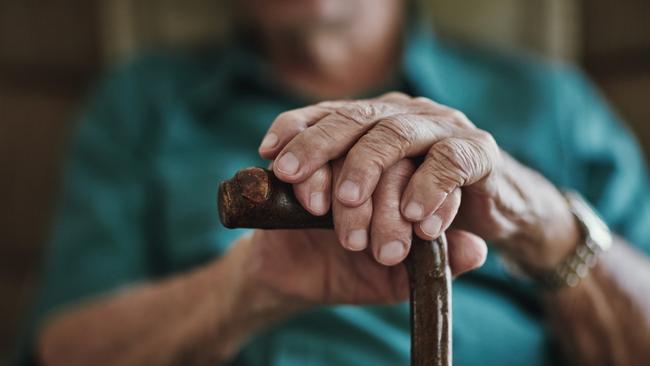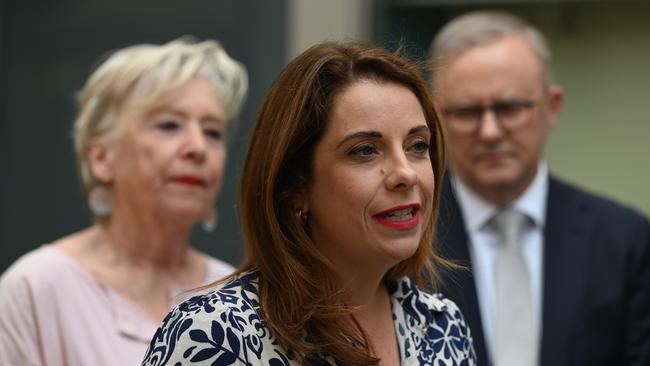How older Australians will be asked to fund more of their aged care
Well off older Australians are set to be paying more of their own aged care costs in the future, with a government taskforce set to recommend new co-contribution requirements.

Well off older Australians are set to be paying more of their own aged care costs in the future as the Albanese government’s aged care taskforce flags its support for greater individual contributions.
The taskforce, chaired by aged care minister Anika Wells, will also look to recommend changes to support older people to remain in their own home for as long as possible in their final years, its latest communique reveals.
In a clear signal of the taskforce’s direction, the communique says more means-testing of aged care participants was a constant theme from its two months of stakeholder consultations.
“Most felt those with capacity to contribute should make a fair contribution to their aged care costs,” it says.
“The taskforce is closely considering system funding arrangements, noting the wealth of aged care participants is increasing while the proportion of working age people is shrinking.”
The communique from the October 12 meeting, published on Wednesday, also reveals greater support for in-home care over nursing home care in line with the wishes of older Australians, though the ageing population means there will be pressure on both types of services in coming decades.
“Most individuals who participated in the consultation indicated a strong preference to age at home,” it says.
The taskforce is understood to have already provided an interim report to the Albanese government, with a final report to be made public within six weeks.
While a number of policy changes have been made in the wake of the aged care royal commission’s March 2021 final report, including the shift to 24/7 nurses in residential aged care and higher pay for most care workers, the funding of aged care has been the subject of conjecture.
The question is critical given the plummeting financial position of the residential aged care sector in particular. A report by aged care accountants StewartBrown three weeks ago found 66 per cent of aged care homes operated at a loss in FY23, with overall losses in excess of $1bn. As recently as 2018 they were making a profit.

Amid these financial straits the two aged care commissioners came to different positions on how the sector should be funded into the future, though neither side of politics appears in favour of an additional taxpayer levy.
With aged care one of Treasury’s biggest spending programs at almost $33bn this financial year, it is anticipated the government will look to legislate greater individual contributions from those older Australians who can afford it.
It is understood the taskforce is coalescing around a view that the direct care component of a person’s aged care would remain fully government-funded, though the current means-testing for that care would be tightened.
Currently there is a $193,000 cap on the value of the family home when determining individual contributions to nursing home care.
As for the accommodation and everyday living costs for people in nursing home care, the taskforce will recommend well off people pay more.
Currently nursing home operators are able to claim only $61 a day from the resident for services such as meals, cleaning, laundry, heating and cooling, costs they would be responsible for if they were living at home, no matter their wealth.
The taskforce is also focused on the issues in aged care in rural and regional Australia, where finding appropriately qualified staff has been difficult, and a higher proportion of residential aged care homes are unprofitable.
It is looking for funding mechanisms that will help the sector manage the expected rise in demand over the next 20 years.








To join the conversation, please log in. Don't have an account? Register
Join the conversation, you are commenting as Logout